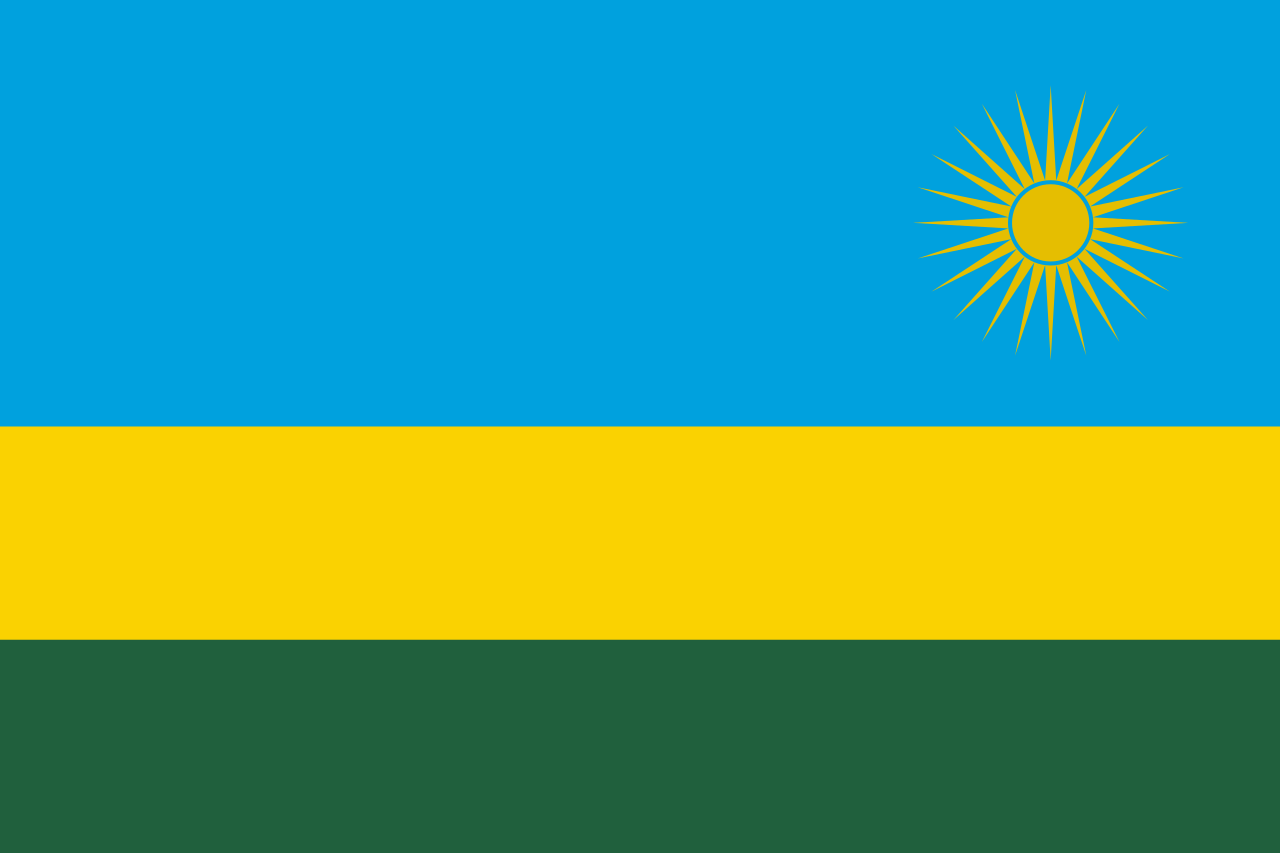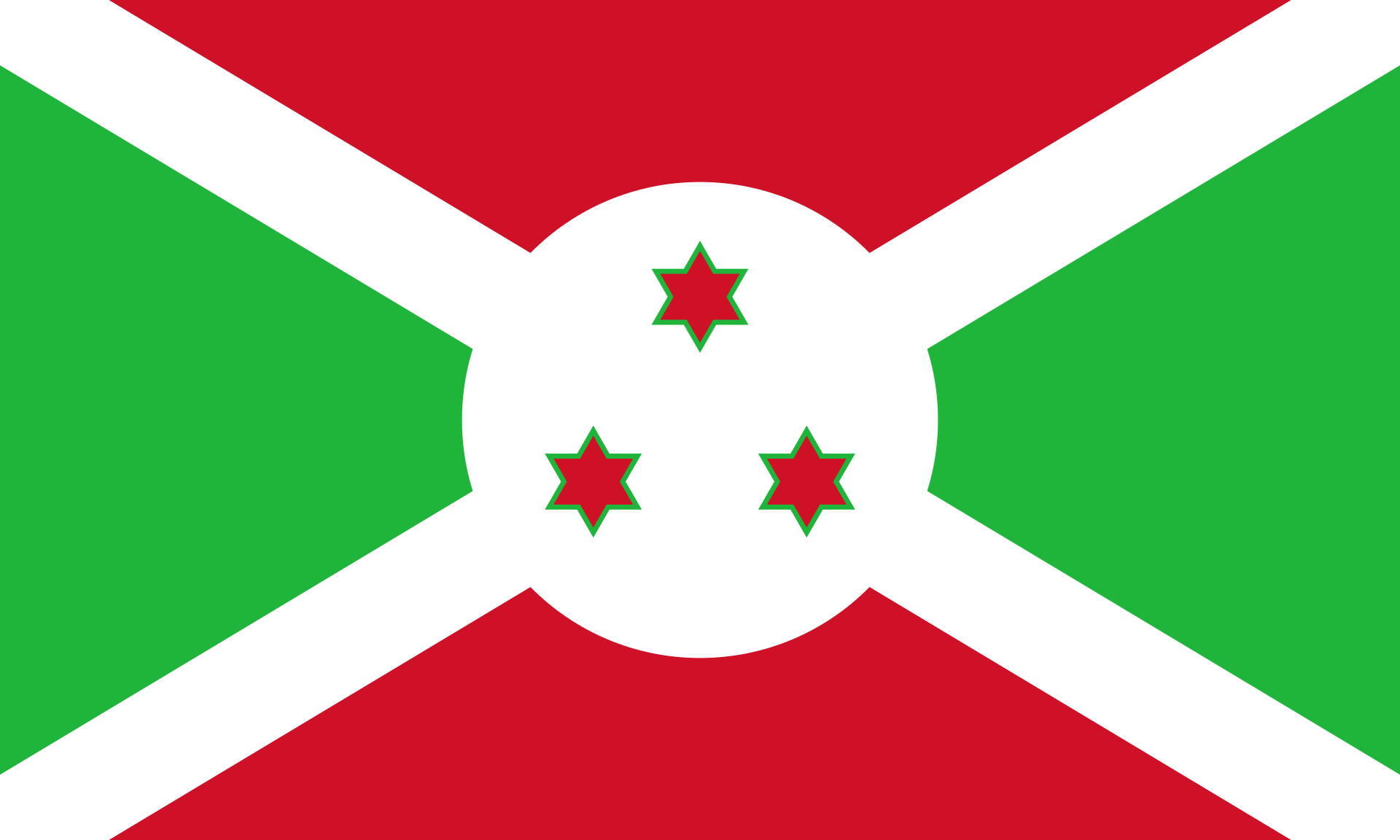Speaking to The New Times, Edson Rwagasore, the Division Manager, Public Health Surveillance and Emergency Preparedness and Response at the Rwanda Biomedical Center (RBC) said the country has picked a number of lessons from the previous outbreaks in the region and locally like Ebola and Covid-19 and is partly what inspired advanced preparedness.
He said, “This includes three surveillance systems, the use of electronic community-based surveillance, Integrated disease surveillance, one health tool, and ecological investigation."
Rwagasore added that the country has set up systems capable of identifying outbreaks before they become pandemic.
He talked about the seasonal flu, saying that it's not a new outbreak and that the virus infection is very common. He added that the number of people infected each season cannot be estimated because not everyone will seek medical care or get tested.
Rwagasore added that people should seek treatment for such infections and not undermine the flu to avoid spreading it.
Referring to the CDC study, he said that children are most likely to get flu and that people aged and above are also at a high risk of getting infected.
Median incidence values (or attack rate) by age group were 9.3 per cent for children aged 0-17 years, 8.8 per cent for adults aged 18-64 years, and 3.9 per cent for adults aged 65 years and older.
This means that children younger than 18 years are more than twice as likely to develop a symptomatic flu virus infection than adults 65 and older.
According to the numbers shared by the Ministry of Health, they show an increase in seasonal flu cases during rainy seasons the national laboratory surveillance testing shows that H3N2 influenza virus remains the most prevalent in Rwanda.
According to a report from CDC flu is a contagious respiratory illness caused by influenza viruses that infect the nose, throat, and sometimes the lungs. It can cause mild to severe illness, and at times can lead to death.
The report also says that most experts believe that flu viruses spread mainly by tiny droplets made when people with flu cough, sneeze, or talk. These droplets can land in the mouths or noses of people who are nearby. Less often, a person might get flu by touching a surface or object that has flu virus on it and then touching their own mouth, nose or possibly their eyes. - Esther Favour, The New Times








